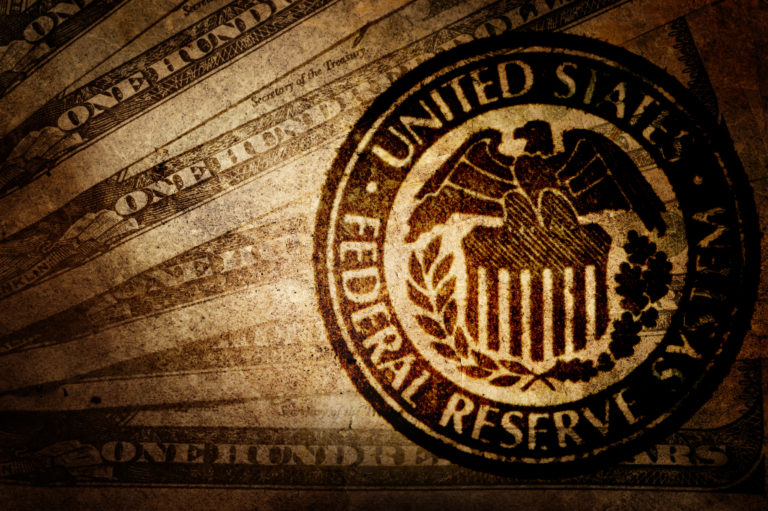The stock market ended the first quarter of 2015 in almost the same position where it began the year. But it sure was a bumpy ride to get back to the starting position.
The Dow took a beating in January—falling almost 4%—before recovering to gain 5.6% in February. This was followed by an all-time high on the first trading day of March, then an abrupt downturn of 3% for the rest of the month. And the volatility wasn’t just over longer periods of time—out of 60 trading days so far this year, 35 of them have seen fluctuations of 100 points or greater in the Dow Jones Average!
But when all was said and done, the Dow stood 0.26% lower than it did on January 1—a 46-point difference. The S&P 500 didn’t fare much better, moving up by 8 points over the first quarter despite similar volatility.
So what does it mean for the rest of 2015? Most likely, nine more months of wild fluctuations that yield little, if any gains. Here are a few of the factors that figure to work against the markets in the near future:
Oil. Prices are down about 7.5% this year, but the main benefit to the consumer—lower gas prices—seems to have come and gone. Prices reached their low point in late January at a national average of $2.03 per gallon, but have since rebounded almost 40 cents to $2.42 per gallon.
Of course, drops in oil prices have hurt the stock market, which is the greater concern for the rest of 2015. This week, U.S. Secretary of State John Kerry is meeting with Iranian officials to iron out a myriad of differences between the two nations. If an agreement is reached, one side effect could be that Iran would be allowed to bring 1 million barrels of oil per day to the marketplace—a volume that has the capacity to crush oil prices.
Analysts at Societe Generale, a French multinational banking and financial services company headquartered in Paris, estimate a deal could drive oil prices down $5 per barrel immediately. That’s a significant amount considering prices currently stand at $48 per barrel.
Strength of the dollar. One thing that confuses the everyday investor about the stock market is its counterintuitive nature. For instance, a stronger dollar means more purchasing power, but it’s a bad sign for the stock market. This is because it drives up consumer prices abroad, hurting overall profits for companies.
That brings us to the upcoming earnings season, which analysts predict will see a 5% drop from the first quarter of 2014, marking the first time earnings will decline since 2012. Can the stock market really be expected to achieve gains if corporate America is hurting?
History. The S&P 500 has gone up every year since the Great Recession, starting in 2009. That’s a six-year winning streak—and the market has NEVER seen a 7-year winning streak in its history. Market bulls will dismiss this as a coincidence, but even the most optimistic expert admits that going 3 ½ years without a significant market correction is unprecedented, and cause for concern.
The Fed. The biggest unknown in the entire equation—and perhaps the most important factor of all—is the direction chosen by the Federal Reserve. Ever since quantitative easing officially ended in October, speculation has been rampant over when the Fed would raise interest rates. Almost six months later, interest rates remain near zero—but the market has been held hostage by investor concerns over an impending increase.
It could easily be another six months or more until a direction is ultimately chosen. But the last rate hike was all the way back in June 2006, meaning close to a full decade may elapse between increases.
When interest rates go up, this generation of investors will have no idea what the market is going to do next—which seems to fit the overall theme of 2015.

















